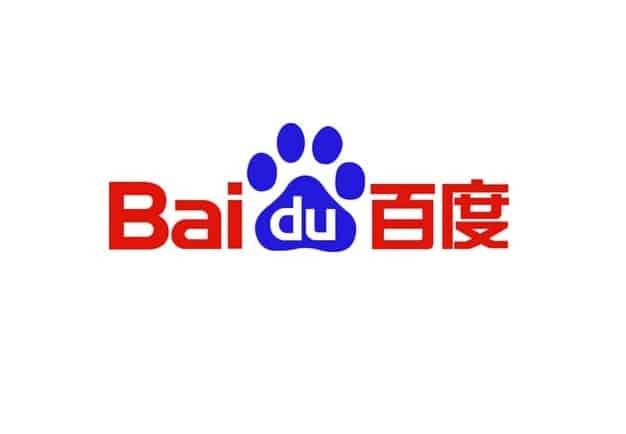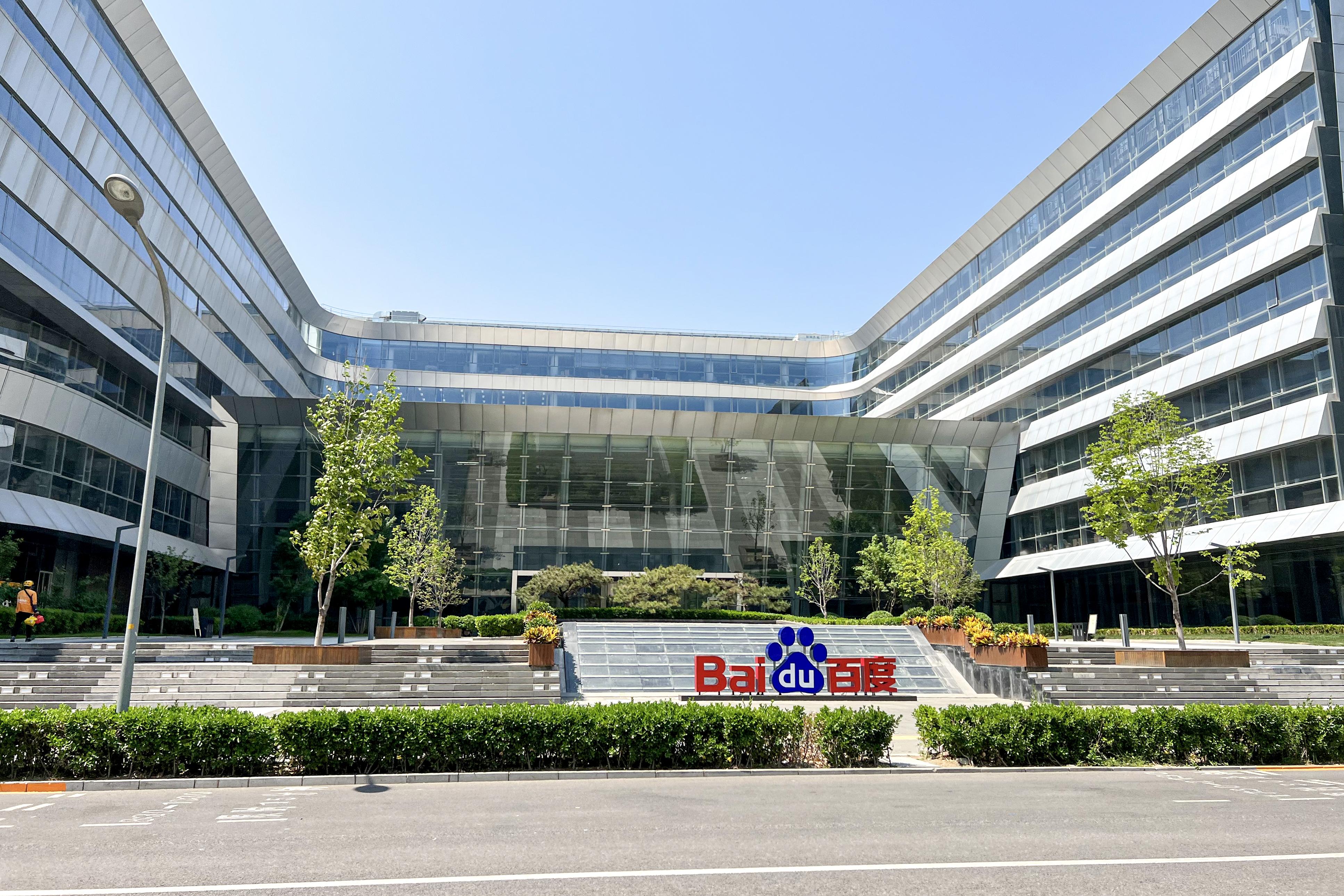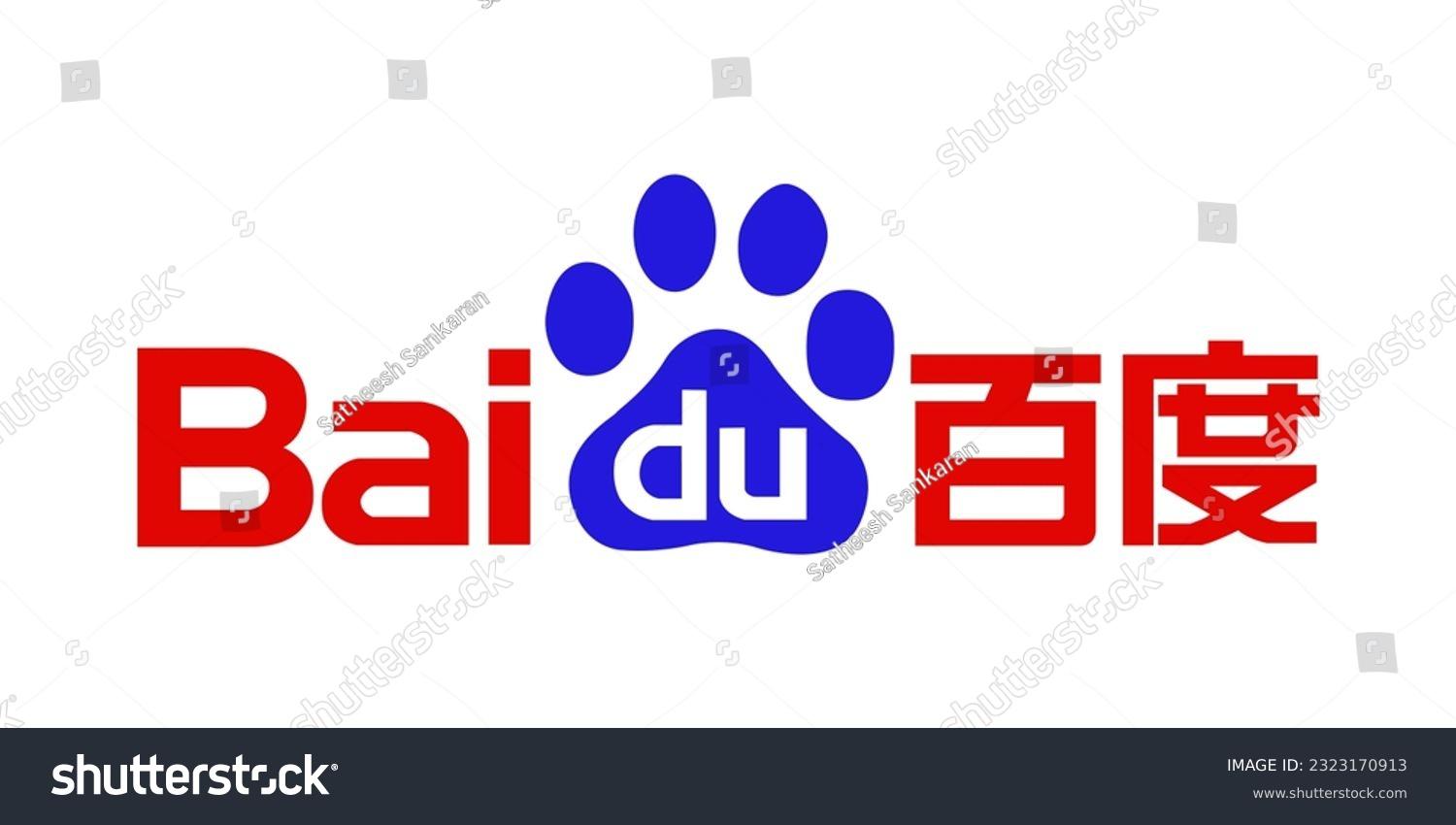Baidus Disruption of the Autonomous Vehicle Market
As the race for dominance in the autonomous vehicle sector heats up, Baidu’s latest foray into the market raises significant concerns for its competitors, particularly in the United States. With the launch of its supercheap robotaxi service, Baidu is positioning itself as a formidable force that could disrupt traditional pricing models and operational frameworks. This move is not just about offering cheaper rides; it indicates a shift toward accessibility and mass adoption, which could lead to a rapid transformation of urban mobility landscapes.
Baidu’s strategy revolves around leveraging cutting-edge technology while keeping costs low, fostering a favorable environment for scalability. Key aspects of Baidu’s approach include:
- Economies of scale: By deploying a large fleet of self-driving vehicles, Baidu can reduce operational costs and pass these savings on to consumers.
- AI Integration: Utilizing advanced AI algorithms enhances the safety and efficiency of their robotaxis, making them not only appealing but also reliable for everyday use.
- Government Support: Backed by Chinese regulations and support for autonomous initiatives, Baidu is navigating hurdles that American companies often face.
The convergence of these elements suggests that the U.S. market must reconsider its strategies, or risk falling behind in the inevitable shift toward autonomous transportation.

The Economic Implications of Ultra-Low-Cost Robotaxis
The rapid emergence of ultra-low-cost robotaxis presents a seismic shift in the transportation sector, challenging traditional business models and economic principles. Companies like Baidu are not just creating mobility solutions; they are driving down costs significantly, making transportation more accessible. This transformation can lead to disruptive consequences for the existing taxi industry, public transport systems, and even personal vehicle ownership. With fares plummeting, we might see an acceleration in the decline of conventional taxi services, putting thousands of jobs at risk and shocking urban economies that rely on these services for employment and transportation options.
Moreover, the broader economic implications cannot be overlooked. As more individuals opt for affordable robotaxi services, there could be a decrease in car ownership, leading to profound effects on automobile manufacturers and related industries. Cities might experience changes in traffic patterns, as fewer cars on the road could reshape urban planning and infrastructure investments. Additionally, local economies reliant on vehicle maintenance, parking facilities, and fuel consumption could face significant challenges. The rise of ultra-low-cost robotaxis could spur a new wave of innovation, yet also produce economic displacement and exacerbate existing inequalities if not managed properly.

Safety Standards and Regulatory Challenges in the Age of Automation
As Baidu rolls out its fleet of supercheap robotaxis, the implications for safety standards are profound. The rapid advancement in autonomous vehicle technology has outpaced the establishment of comprehensive regulatory frameworks. In many regions, including the United States, regulators are grappling with how to ensure public safety while encouraging innovation. Key concerns include:
- Data Security: With the reliance on AI and data analytics, ensuring that passenger information is safeguarded against breaches is paramount.
- Operational Protocols: The automation of decision-making processes raises questions about accountability in the event of accidents.
- Human Oversight: The degree of human intervention required during operational anomalies remains a contentious issue.
Moreover, the global race to dominate the autonomous vehicle market accelerates the urgency for regulatory harmonization. As countries like China advance their robotic taxi services at significantly lower costs, the pressure mounts on U.S. regulators to keep pace with innovations while ensuring that safety is not compromised. The disparity in regulatory environments could lead to a competitive imbalance, challenging the U.S. automotive sector to innovate responsibly. The challenge lies in ensuring that regulations foster an environment conducive to technological growth without placing the public at risk, a balance that remains elusive as innovation outstrips legislation.

Strategic Responses for American Competitors Facing Chinese Innovations
As Baidu prepares to roll out its *supercheap robotaxis*, American competitors must adopt a multifaceted approach to stay relevant in the ever-evolving tech landscape. The challenge lies not only in technological innovation but also in strategically rethinking existing business models. U.S. companies could focus on:
- Investment in R&D: Allocating significant resources towards the development of autonomous vehicle technology to ensure innovation keeps pace with Chinese advancements.
- Collaborative Partnerships: Forming alliances with tech startups and universities to tap into cutting-edge research and accelerate the commercialization of new technologies.
- Regulatory Navigation: Working closely with policymakers to create a favorable regulatory environment that fosters innovation while ensuring safety and public acceptance.
Moreover, enhancing customer experience stands as a pivotal strategy in mitigating the competitive threat posed by Baidu’s fleet. By integrating advanced AI features and personalized services, American firms can offer compelling reasons for consumers to choose their platforms over cheaper alternatives. To harness this advantage, companies should prioritize:
- User-Centric Design: Focusing on the user interface and experience, ensuring seamless integration of technology in everyday life.
- Sustainability Practices: Emphasizing green technology and eco-friendly practices, appealing to the growing consumer awareness around climate change.
- Flexible Pricing Models: Developing competitive yet sustainable pricing strategies that can counteract the allure of Baidu’s economical service.
